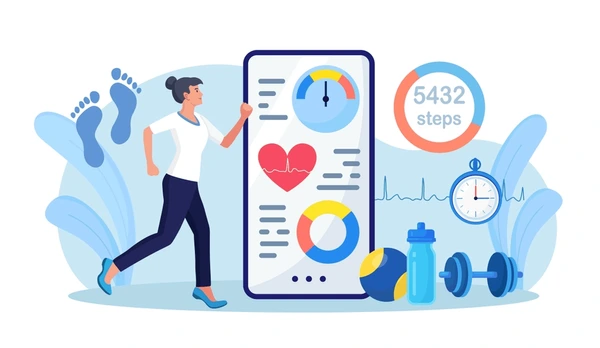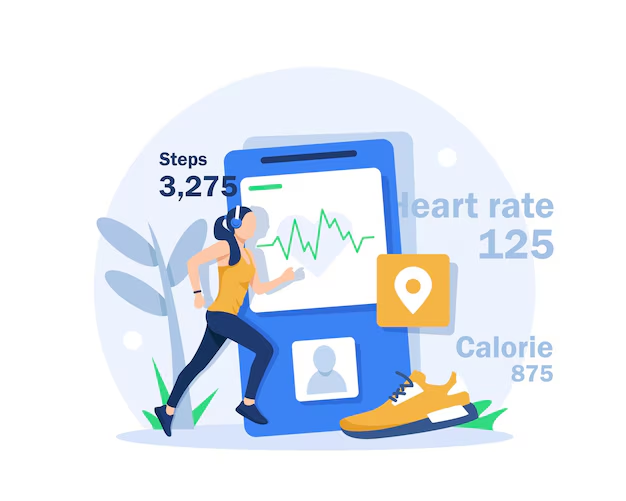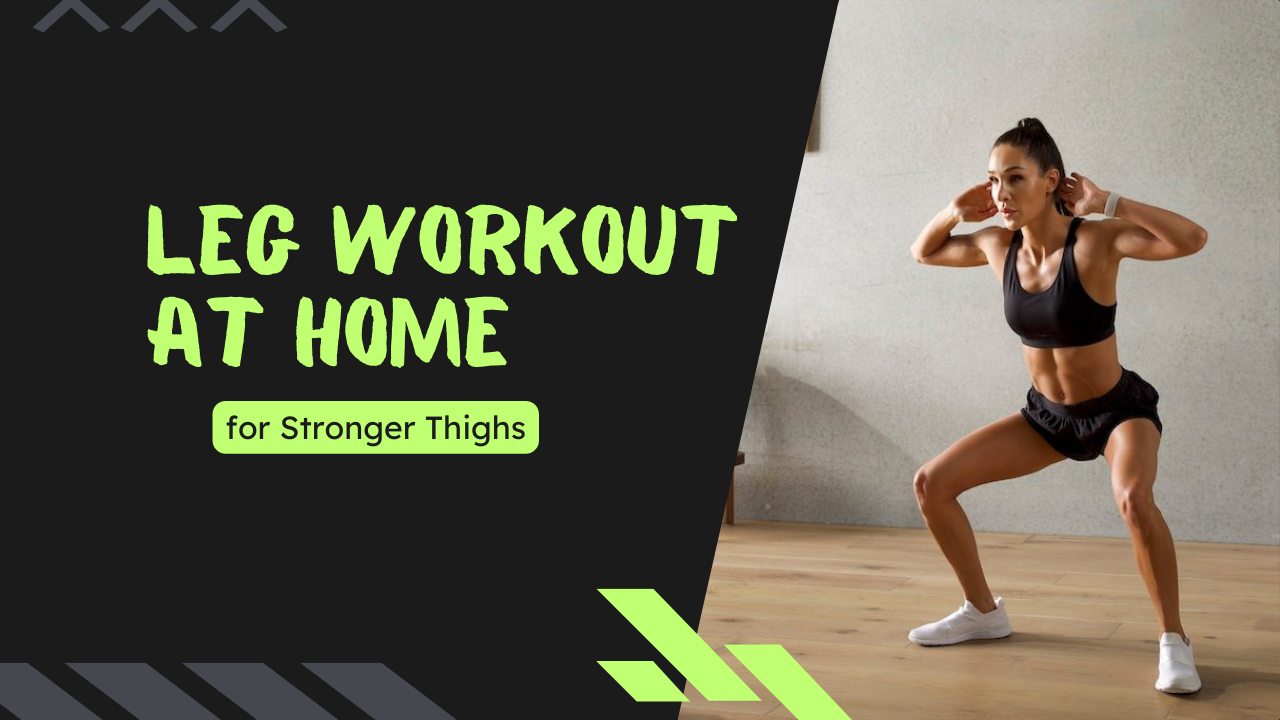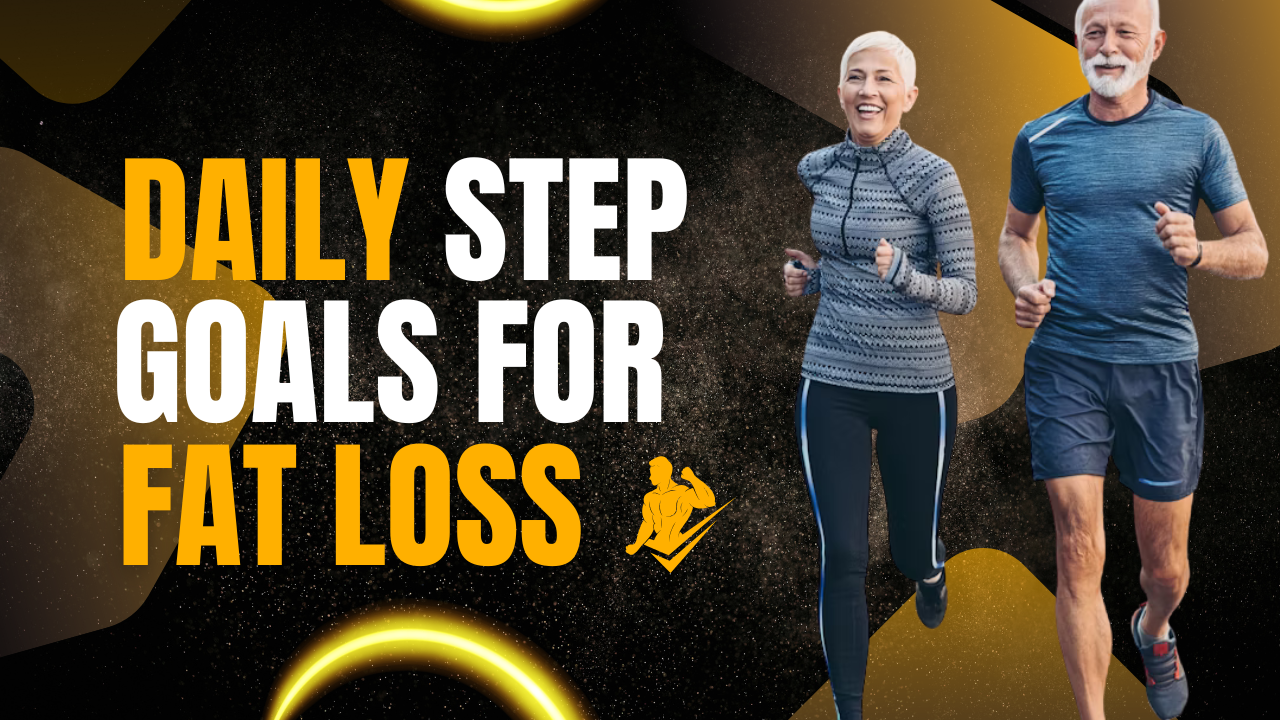When it comes to fat loss, most people think of heavy gym workouts, strict diets, or expensive programs. But the truth is, one of the most powerful tools for burning fat is something you’ve been doing your whole life—walking.
Walking daily not only helps you burn calories but also improves your overall health, reduces stress, and makes fat loss sustainable in the long run. But the real question is:

- Why Steps Matter for Fat Loss
- The Science of Steps and Fat Loss
- How Many Steps Should You Take Daily for Fat Loss?
- Calories Burned from Walking (With Examples)
- How to Calculate Your Ideal Step Goal
- Factors That Influence Step Goals
- Case Studies
- How to Add More Steps to Your Day
- Common Mistakes to Avoid
- Expert Recommendations
- FAQs
- Final Thoughts
- Author Bio
How many steps do you need to take daily for fat loss?
Let’s dive deep with science, practical tips, and expert recommendations to find the answer.
Why Steps Matter for Fat Loss
Your body burns calories in multiple ways:
- Basal Metabolic Rate (BMR) – energy used to keep you alive (breathing, digestion, circulation).
- Exercise Activity – calories burned during workouts.
- Non-Exercise Activity Thermogenesis (NEAT) – calories burned from movements outside workouts (walking, cleaning, climbing stairs).
- Thermic Effect of Food (TEF) – calories burned during digestion.
Walking falls under NEAT and is often underestimated. Research shows NEAT can make up 15–30% of your daily calorie burn. If you sit all day, your NEAT is low. Adding steps is an easy way to increase calorie expenditure without intense workouts.
The Science of Steps and Fat Loss
A famous Harvard study found that walking 30 minutes a day at a moderate pace can burn between 150–200 calories depending on body weight. Over time, these calories add up.
- 7,000–8,000 steps daily: Linked with lower mortality and better weight control.
- 10,000+ steps daily: Shown to accelerate fat loss in people with sedentary jobs.
👉 Walking doesn’t just burn calories—it also improves insulin sensitivity, reduces belly fat, and lowers stress hormones (like cortisol) that can stall fat loss.
How Many Steps Should You Take Daily for Fat Loss?
Here’s a step goal breakdown based on activity levels:
- Sedentary lifestyle (under 5,000 steps/day) → Minimal calorie burn. Higher risk of weight gain and lifestyle diseases.
- 5,000–7,000 steps/day → Basic health benefits. Can support slow fat loss if paired with diet control.
- 7,000–9,000 steps/day → Sweet spot for beginners. Supports fat loss without being overwhelming.
- 10,000–12,000 steps/day → Most effective range for noticeable fat loss. Burns around 400–600 extra calories/day.
- 12,000–15,000 steps/day → Aggressive fat loss zone. Great for active people, but not always realistic for everyone.
👉 Key takeaway: For fat loss, aim for 8,000–12,000 steps/day, depending on your lifestyle and fitness level.
Calories Burned from Walking (With Examples)
The number of calories burned per step depends on your weight, speed, and terrain.
- A 60 kg person burns ~35–40 calories per 1,000 steps.
- A 70 kg person burns ~40–50 calories per 1,000 steps.
- An 85 kg person burns ~55–60 calories per 1,000 steps.
Example:
- A 70 kg person walking 10,000 steps burns ~400–500 calories.
- Over a week → that’s 2,800–3,500 calories = close to 0.5 kg (1 pound) of fat loss.
👉 Combine this with a calorie deficit from food, and you’ve got a powerful fat-loss formula.
How to Calculate Your Ideal Step Goal
- Check your baseline: Track your steps for a normal week without trying to increase.
- Add 2,000 steps to your baseline. Example: If you average 5,000 steps, aim for 7,000.
- Gradually increase: Add 500–1,000 steps per week until you reach your target (8,000–12,000).
- Monitor progress: If fat loss slows, increase steps or adjust calories.
👉 This progressive approach prevents burnout and makes walking a habit.

Factors That Influence Step Goals
- Body weight – Heavier people burn more calories per step.
- Walking speed – Faster walking burns more calories.
- Terrain – Uphill walking increases calorie burn.
- Lifestyle – Desk workers need higher step goals than active workers.
- Diet – Steps alone won’t work if your diet is high in junk food.
Case Studies
Case Study 1 – Beginner
Rahul, 29, desk job, 90 kg. Started with 6,000 steps/day and a 300-calorie diet deficit.
- In 10 weeks → Lost 6.5 kg without going to the gym.
Case Study 2 – Intermediate
Meera, 34, homemaker, 68 kg. Increased from 7,000 to 10,000 steps/day, no major diet changes.
- In 8 weeks → Lost 3 kg and felt more energetic.
Case Study 3 – Advanced
John, 41, delivery worker, already averaging 12,000 steps/day but overweight due to poor diet.
- Adjusted food intake, kept steps at 12,000.
- In 12 weeks → Lost 7 kg while maintaining muscle mass.
👉 Lesson: Steps help, but diet + steps = best results.
How to Add More Steps to Your Day
- Walk after every meal (10–15 minutes).
- Use stairs instead of elevators.
- Park farther away from destinations.
- Take walking breaks during work (set reminders every hour).
- Do “walking meetings” or phone calls.
- Walk your pet longer.
- Listen to podcasts or audiobooks while walking to make it enjoyable.
Common Mistakes to Avoid
- ❌ Thinking steps alone will melt fat – Diet matters.
- ❌ Jumping to 15,000 steps immediately – Start gradually.
- ❌ Skipping rest – Recovery is as important as movement.
- ❌ Ignoring strength training – Walking helps fat loss, but strength training maintains muscle.
Expert Recommendations
- Beginners: Start with 6,000–7,000 steps/day.
- Intermediate: Aim for 8,000–10,000 steps/day.
- Advanced: Push towards 12,000–15,000 steps/day if lifestyle allows.
For best fat loss results:
✔ Walk daily
✔ Eat in a mild calorie deficit
✔ Strength train 2–3 times/week
✔ Sleep 7–8 hours
FAQs
Final Thoughts
Walking is one of the simplest and most sustainable fat-loss tools. You don’t need fancy gyms, long workouts, or extreme diets—just consistent steps + a calorie deficit.
👉 Aim for 8,000–12,000 steps daily, pair it with strength training and a balanced diet, and you’ll see results that last.
Remember: Fat loss is not about quick fixes. It’s about building small, consistent habits—like walking—that compound into big results.
Author Bio
Vikrant Rajput is a health & fitness blogger at TheDigiDine.com, passionate about making science-based fitness tips simple and practical. With years of experience in fitness writing and research, Vikrant shares strategies for fat loss, nutrition, and sustainable healthy living. His goal is to help readers achieve real results without confusion or extreme methods.
When he’s not writing, you’ll find him experimenting with healthy recipes, walking outdoors, or reading the latest fitness studies.
🔎 Reviewed for Accuracy: This article has been researched using trusted medical and fitness sources to ensure accuracy and reliability.
📩 Connect: Follow Vikrant on Facebook and Instagram for daily health tips and updates.
Explore More Useful Fitness & Health Guides
- Best Full-Body Workout At Home Without Equipment.
- Ayurvedic Drinks for Weight Loss.
- Best Indian Dinner Recipes for Weight Loss.
- Fruits to Avoid During Weight Loss in India.
- 7-Day Weight Loss Meal Plan for Office-Goers.
- Top 10 Fat-Burning Indian Foods to Boost Your Weight Loss Naturally.
- How to Lose Belly Fat Naturally at Home.
- 15-Minute HIIT Workout for Beginners.
- Core Workout for Beginners (No Equipment).













Leave a Reply